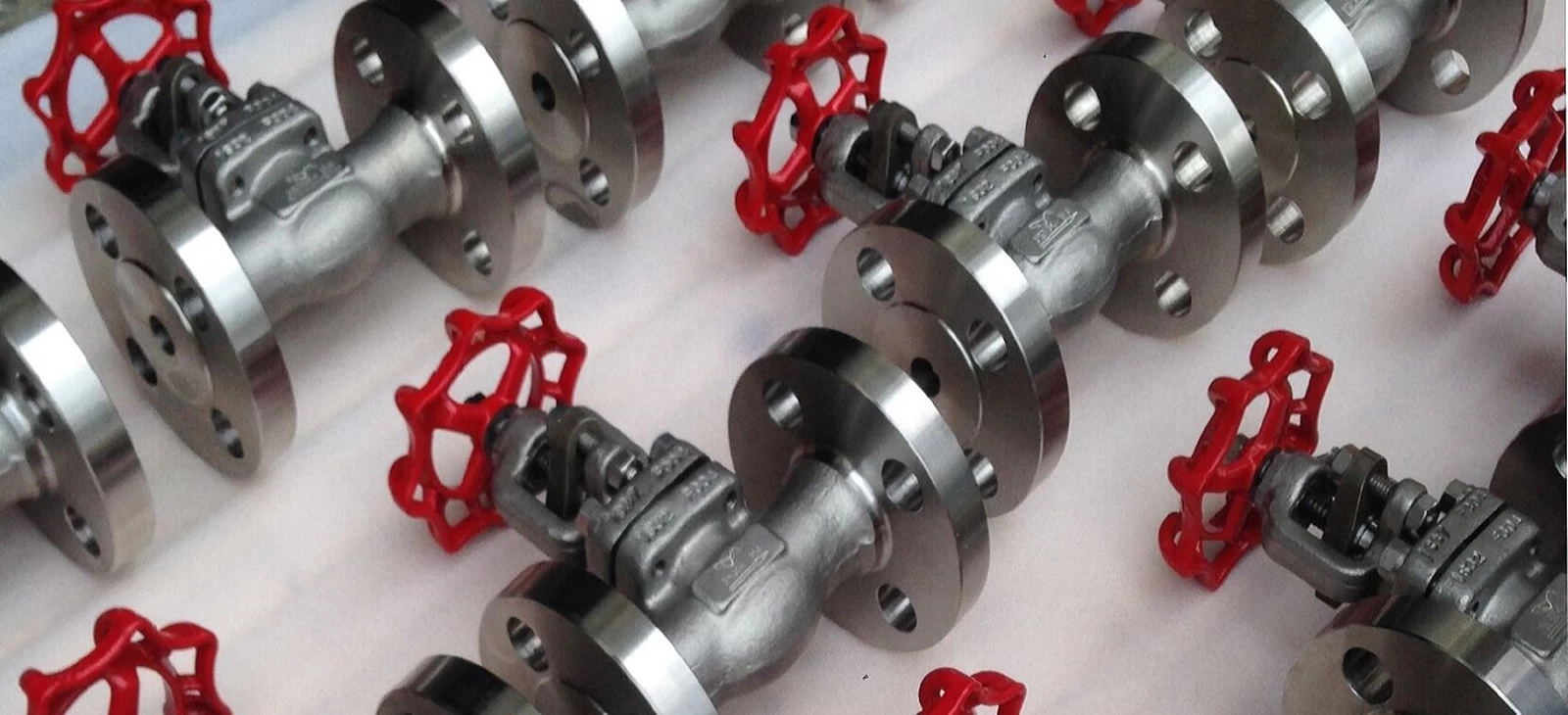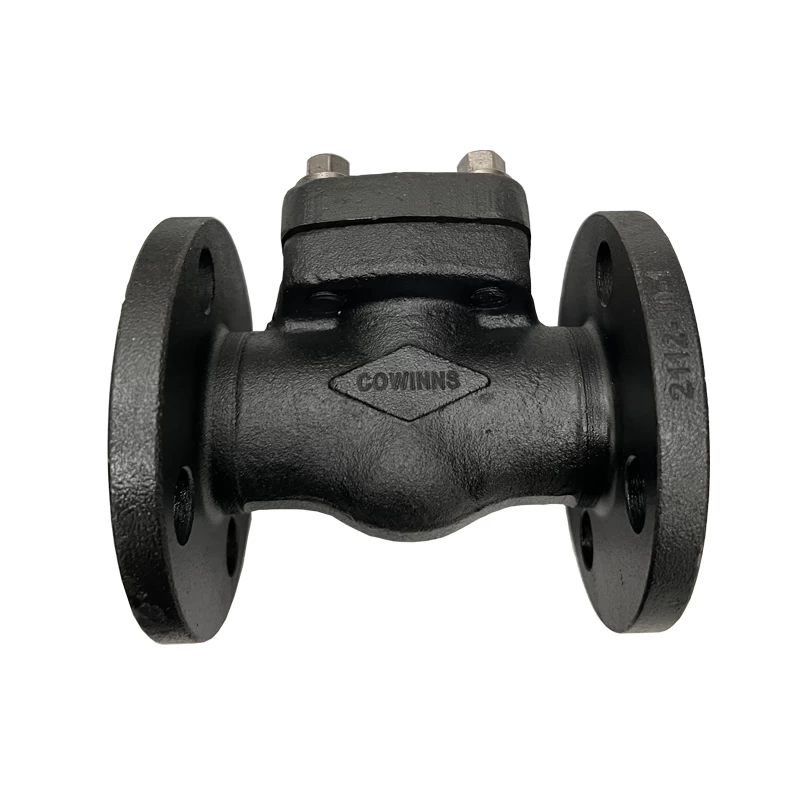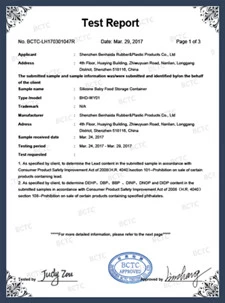labyrinth seal
The labyrinth seal is to set a number of circular sealing teeth arranged in sequence around the rotating shaft. A series of interception gaps and expansion cavities are formed between the teeth and the teeth. The sealed medium produces a throttling effect when passing through the gap of the tortuous labyrinth to achieve leakage prevention. purpose.
Since there is a gap between the rotor and the casing of the labyrinth seal, there is no solid contact, no lubrication, and thermal expansion is allowed. It is suitable for high temperature, high pressure, and high speed frequency occasions. This type of seal is widely used in steam turbines, gas turbines, and compressors. , The shaft end and the inter-stage seal of the blower, and the front seal of the other dynamic seals.

The sealing mechanism of labyrinth seal
The function of fluid passing through the labyrinth to generate resistance and reduce its flow is called the "labyrinth effect." For liquids, there are hydrodynamic effects, including hydraulic friction effects and stream contraction effects; for gases, there are also thermodynamic effects, that is, the heat transfer caused by gas compression or expansion in the labyrinth; in addition, there is the "breathing effect" "Wait. The labyrinth effect is a comprehensive reaction of these effects, so the labyrinth sealing mechanism is very complicated. Some Pressure seal gate valve steam valve can be design with labyrinth seal for seal part.
1. Friction effect: When the leaked liquid flows in the maze, the friction caused by the viscosity of the liquid slows down the flow rate and reduces the flow rate (leakage). To put it simply, the friction and local friction of the fluid along the flow channel constitute the friction effect. The former is related to the length and cross-sectional shape of the channel, and the latter is related to the number and geometry of the labyrinth. Generally, when the flow channel is long, the corner is sharp, and the tooth is at the top, the resistance is large, the pressure loss is significant, and the leakage is reduced.
2. Stream contraction effect: As the fluid passes through the labyrinth slit, it will shrink due to the influence of inertia, and the cross section of the stream will decrease. Suppose the orifice area is A, then the minimum area of the stream after contraction is Cc A, where Cc is the contraction coefficient. At the same time, the velocity of the gas after passing through the hole also changes. Set the flow velocity in the ideal state to u1, and the actual flow velocity is smaller than u1. Let Cd be the velocity coefficient, then the actual flow velocity u1 is u1=Cdu1. Then, the flow through the orifice Will be equal to q=CcCdAu1 where Cc·Cd=a (flow coefficient). The flow coefficient of the labyrinth slot The flow coefficient of the labyrinth slot is related to the shape of the gap, the shape of the tooth top and the roughness of the wall surface. For incompressible fluids, it is also related to the demand number; for compressive fluids, it is also related to the pressure ratio and Mach number. At the same time, it also affects the flow state before the slit. Therefore, in a complex type of labyrinth, the flow coefficient of one slit cannot be regarded as the flow coefficient of all slits. According to the test, the discharge coefficient of the first stage is smaller, and the discharge coefficient of the slit after the second stage is larger. Generally, the discharge coefficient is usually 1. But the discharge coefficient of the tines is smaller than 1, about 0.7, and the discharge coefficient of the spurs is close to 1, usually a = l, and the calculated leakage is large.
3. Thermodynamic effect: an ideal labyrinth runner model, which is formed by a series of annular tooth gaps and cavities between teeth. The flow of gas through a tooth gap and a cavity between teeth can be described as follows: At the gap entrance, the gas state is p0, T0 and zero start. The closer the gas is to the entrance, the more the gas flow shrinks and accelerates, behind the smallest gap. Not far away, the airflow gets the maximum speed: when it enters the cavity, the flow velocity cross section suddenly expands, and a strong vortex is formed in the cavity. From an energy point of view, before and after the gap, the pressure energy of the airflow is transformed into kinetic energy. At the same time, when the temperature drops (the enthalpy value h decreases) and the gas enters the annular chamber between the two teeth at a high speed, the volume suddenly expands to produce a violent vortex. As a result of vortex friction, most of the kinetic energy of the airflow is converted into heat energy, which is absorbed by the airflow in the chamber to increase the temperature, and the enthalpy returns to the value before entering the gap, only a small part of the kinetic energy still enters at excess speed For the next gap, repeat the above process step by step.
4. Ventilation effect: In an ideal maze, it is considered that the kinetic energy of the airflow passing through the slit in the expansion chamber becomes all heat energy. In other words, it is assumed that the asymptotic velocity to the next slit is equal to zero, but this is only true when the expansion chamber is particularly wide and long. In the general straight-through labyrinth, since the air flow after passing through the slit can only diffuse to one side, the energy conversion from velocity energy (kinetic energy) to thermal energy cannot be fully carried out in the expansion chamber, and there is a part of the gas velocity on the smooth wall side. It does not decrease or only slightly decreases, and directly flows over the ten tooth tips to the low pressure side. This phenomenon of passing by is called the "venting effect".



Structure type of labyrinth seal
Labyrinth seals are divided into two types: sealing sheet and sealing ring according to the structure of the sealing teeth.
The sealing sheet has a compact structure and collides with the casing during operation. The sealing sheet can be bent to both sides, reducing friction and easy to disassemble and replace.
The seal ring is composed of 6 to 8 sector blocks, which are installed in the casing and the rotating shaft, and each ring is pressed against the casing with a spring sheet. The spring sheet pressing force is about 60-100N. When the shaft and the gear ring collide When, the gear ring bounces by itself to avoid friction. This kind of structure is large in size and complicated in processing. After the teeth are worn, the entire sealing ring is replaced, so it is not as widely used as the sealing ring structure.
Leak calculation of ideal maze
Given the following conditions:
1) The leaked gas is an ideal gas, without considering the Joule-Thomson effect, that is, the enthalpy of the gas is only related to temperature;
2) Assuming that the maze is a series of continuous multiple slits, the expansion chamber between the two slits is large enough;
3) Adiabatic cyclic expansion of the flow action through the slit, a flow coefficient a is quoted here;
4) The flow velocity energy after passing through the slits is fully restored to a constant temperature in the expansion chamber due to isobaric control, so the velocity before each slit is asymptotically 0, that is, no air permeability occurs.
Characteristics of straight-through maze
Since it is easier to process grooves or teeth of various shapes on the shaft surface than in the 7L, the holes are often processed into a smooth and formed labyrinth with the grooved or toothed shaft. This is a straight-through labyrinth, which is convenient to manufacture. So the straight-through maze is the most widely used. However, the straight-through labyrinth has the phenomenon of ventilation, and its leakage is greater than that of the ideal labyrinth.
Influencing factors of maze characteristics:
1) The influence of teeth. According to the test conducted abroad, when the tooth pitch is constant, the more the number of teeth, the less leakage. During the pitch coup, the larger the pitch, the leakage will drop sharply, and the effect of ventilation can be reduced.
2) The influence of the expansion chamber. Foreign countries have conducted experimental studies on the effect of expansion chamber depth, and the conclusion is that shallow expansion chambers are beneficial to reduce leakage.
According to the observation of the flow state of the expansion chamber, the vortex in the shallow expansion chamber is considered unstable. Because the vortex can quickly exhaust the energy, the asymptotic speed of the expansion chamber is reduced, which has the effect of reducing leakage.
3) The influence of the auxiliary room. The so-called "secondary chamber" refers to the straight-through labyrinth with a smooth and upwardly opened subsidiary groove. After the groove is opened, the flow state in the labyrinth immediately changes significantly. Tests have proved that as long as the location of the auxiliary chamber is appropriate, the reduction rate of leakage is quite large.
Labyrinth gas seal gap
Except for special circumstances, general gas turbines, gas turbines and other impeller machinery use labyrinth gas seals. The radial clearance should be selected based on the following factors: bearing clearance, manufacturing tolerance. Errors from mounting, component deformation (such as casting shrinkage and out-of-roundness), rotor deflection, and the amplitude when passing the critical rotation frequency, thermal expansion and the resulting deformation, etc. In many cases, the influence of thermal expansion is prominent. Therefore, the change in the size of a single component during starting and stopping, and the relative displacement of the component must be estimated in advance. Static and dynamic finite element algorithms can be used to calculate the thermal expansion law over time, which can be used to understand which are the critical conditions and what size the gap should actually be.
Points for Attention in Labyrinth Seal Design
Summarizing the experience accumulated in the design of the labyrinth seal, the following points are summarized:
1) Try to convert the kinetic energy of the airflow into heat energy, and not make the residual speed enter the next gap. Keep a proper distance between the teeth and the teeth, or use high-low teeth to forcefully change the direction of airflow. The tooth spacing is generally 5-9mm.
2) The sealing teeth should be made as thin as possible and have an acute angle. The thickness of the tooth tip should be less than 0.5mm. When the tooth tip occasionally collides with the shaft during operation, the tooth tip will wear out first, so as not to cause accidents due to local overheating of the shaft due to friction.
3) Due to the large leakage of the labyrinth seal, attention should be paid to prevent environmental pollution when sealing flammable, explosive or toxic gases.
The inflatable labyrinth seal is adopted, and the inert gas is introduced into the gap, and the pressure is slightly greater than the pressure of the sealed gas; if the medium is not allowed to be mixed into the gas, the suction labyrinth seal can be used.

 +86 512 68781993
+86 512 68781993 


















